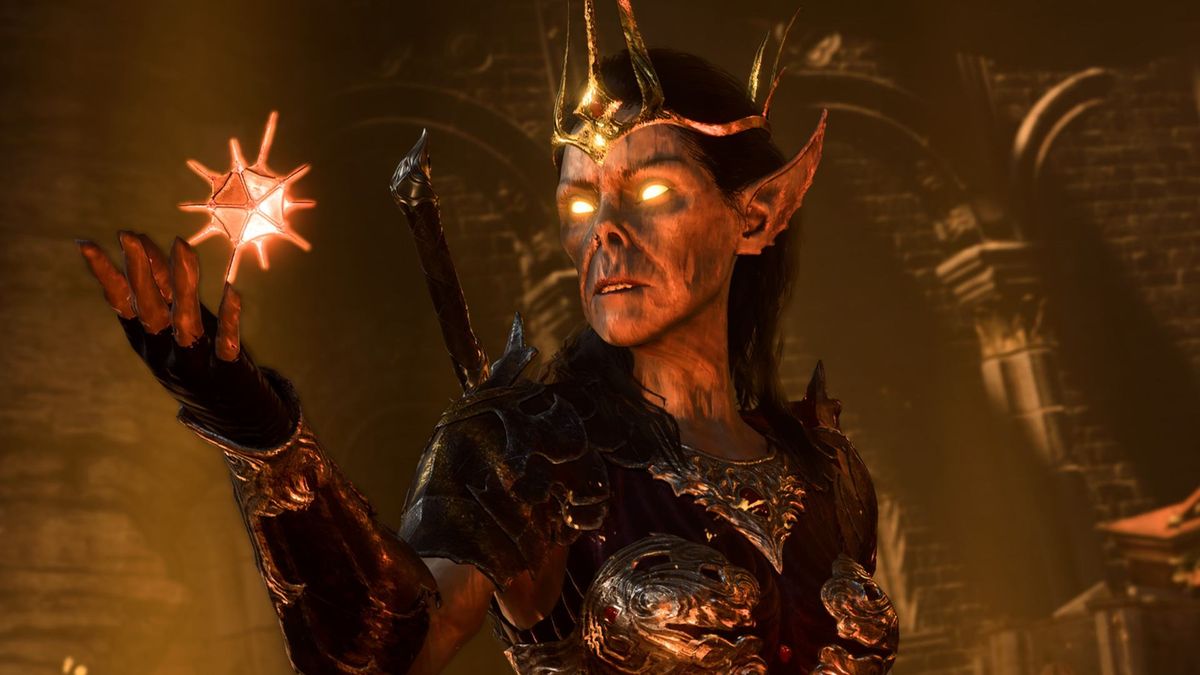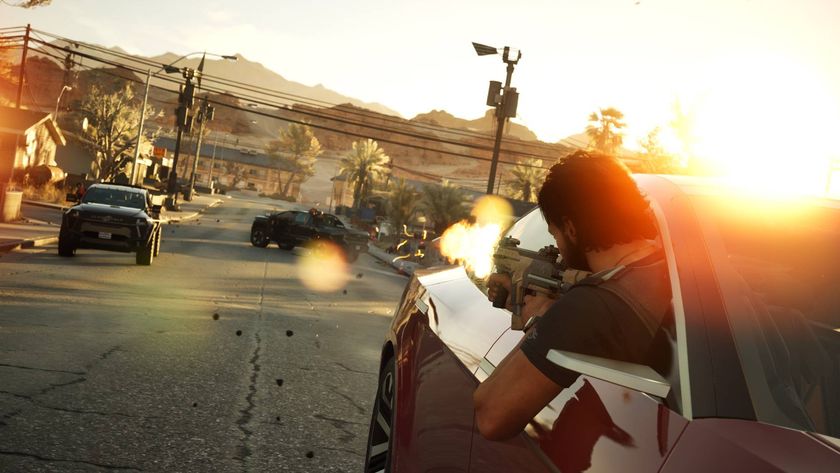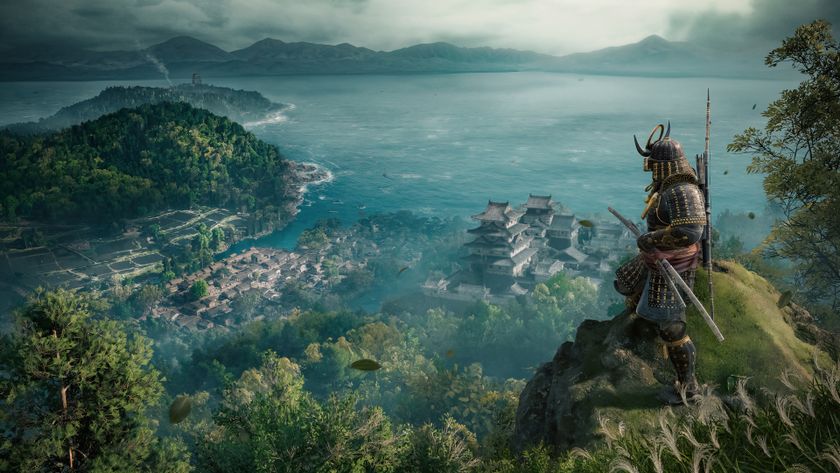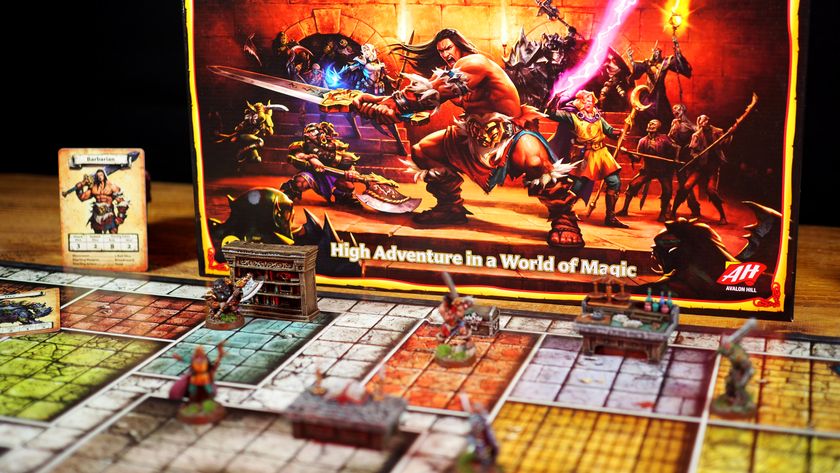12DOVE Verdict
Baldur's Gate 3 is the most successful and authentic take on D&D in the tabletop franchise's 50-year history. Its complexity and size might be daunting for novices, but the breadth and depth of Baldur's Gate 3's world make this a once-in-a-generation achievement.
Pros
- +
The most authentic video game adaptation of D&D ever made
- +
Reactive main quest and intricate character stories
- +
Beautifully-realized environments and cutscenes
Cons
- -
Sheer size means it's easy to miss entire storylines
Why you can trust 12DOVE
I'm in an ancient vault, the doomsday weapon of a half-forgotten god bearing down on me. I'm in an underwater prison, rushing to rescue prisoners before the entire structure collapses in on itself. I'm in a rotting pub, attempting to drink its zombified bartender under the table. I'm flat on my back, having been pinballed down the stairs of a haunted house. I'm on the battlements, defying a besieging goblin army. I'm sitting on a rocky outcrop, leaning in for a tipsy kiss with a mysterious cleric. Every time I think I've seen as much as Baldur's Gate 3 has to offer, it shows me something new.
Release date: August 3, 2023
Platform(s): PC (PS5: Sep 6, 2023)
Developer: In-house
Publisher: Larian Studios
It's those moments that make this game feel like a truly authentic D&D experience. They're the invisible hand of the Dungeon Master, where Larian gently pushes you away from the keyboard and reminds you that for all the power you might have over this world, this is someone else's story too. Sometimes that reminder is a massive set piece, but much of the time it's more subtle; a rousing speech, a silver-tongued solution to a boss fight, an encounter so silly in a part of the world so out-of-the-way that you can't help but feel the humanity in this game's creation. Baldur's Gate 3 feels so rare – a game that delivers not only on the D&D ruleset, but on the whole ideal of a roleplaying experience.
After 130 hours with Baldur's Gate 3, I've found myself struck over and over by its breadth, depth, and density. There are times where the critical path feels like little more than a suggestion, where an interaction almost lost in the mists of time comes back to take you down a warren-like sidequest, or where a looming companion quest threatens to throw your entire campaign into disarray. There are times where I've spent so long in a sprawling dungeon that finally finding my way back to the surface has felt like almost literally stumbling back into the light.
Recent updates
The 12DOVE Baldur's Gate 3 review was updated on August 14 to include our final score and verdict on Larian Studios' all-encompassing RPG.
Critical Roll
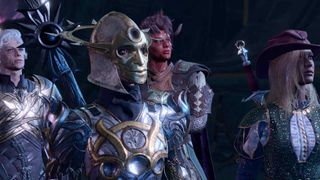
The versatility of Baldur's Gate 3's critical path remains a marvel. So too are the sheer variety of ways in which its first act can reach its conclusion – it's proving hard to wrap my head around. That diversity carries forward, its narrative flexibility allowing you to seamlessly pivot your story according to the whims of your own experience, or the information you glean. At the macro level, Baldur's Gate 3 allows you to zig-zag back and forth across the thread of its main story, but that ability to go back and forth carries over into smaller parts of its world, side quests, and NPCs – allowing you to make one decision but reevaluate it later on as your relationship to party members changes. Where you are tasked with making a firm, final decision, there's always an appropriate weight, the sense that you're about to put events in motion that can't be undone.
That branching choice allows Baldur's Gate 3's major players to feel like products of their own world rather than archetypes to be wielded by the clumsy requirements of a more rigid story. When developer Larian Studios does choose to set down its own narrative, it does so with a delicate-enough touch that the story threads still feel as though they've been lifted from the human-shaped arc of a tabletop campaign. Sometimes, that means a massive combat arena, or a devilish puzzle, but just as often, it means an opportunity for Baldur's Gate 3's cast to shine.
Each of the six 'Origin' characters slot into the world seamlessly, sometimes even more gently than your own creation. When the spotlight turns to a companion – Shadowheart and her journey to understand her faith, Wyll's relationship to his family, or Karlach's desire to finally live the normal, joyful life she's always wanted – it's not that you're missing out on your story, but that your experience is being interwoven with the characters that you're journeying alongside.
Party time
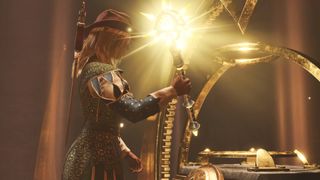
These interwoven stories mean that Baldur's Gate 3 avoids overstepping the line of the traditional tabletop archetype; Shadowheart, a cleric with skills based around radiant magic and teamwide buffs and healing, uses her powers to serve a goddess of darkness and loss; Lae'zel, a fanatical fighter, is wracked with indecision and an inability to face an impossible truth rapidly becoming more clear to her; Karlach, a barbarian marked by years of trauma and a near-terminal diagnosis, is determined to draw on joy, not anger. Even my bard bucks the trend by being silver-tongued, but never sleazy.
Each character has moments of their own, as Larian makes it clear that this isn't just your story. As different problems call for different solutions, it's easy to keep the cast rotating. Different pieces of narrative might call for a specific character, but while my Wizard's massive area-of-effect spells are far more effective than my Rogue's sneak attacks in major battles, I know who I'd rather have in my party for a heist. Even beyond their individual moments in the spotlight, however, each companion forms part of a web of interactivity as they chat, bicker, sympathize, and snipe with each other as we wander the Sword Coast.
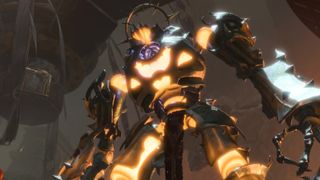
"I could spend another hundred hours Baldur's Gate 3 and still see just a fraction of what it has to offer."
The more intimate relationships are a little less nuanced than I'd initially hoped, although I admire the overall complexity. After a slightly breathless end to the first act, romance isn't simply a question of picking the right dialogue options or passing a Charisma check. It's more mature than that – these are different characters with different ideals and different ways of expressing themselves, and emotional proximity doesn't turn them infallible or ruin your relationship with the rest of them. Character quests might prove romantic, or they might not, but there's nothing lost in your most personal choices.
As those stories grow, so too do the characters themselves, allowing ways around D&D's slightly stale leveling. As the Baldur's Gate 3's first act gave way to its second, the excitement of new, unique skills for each class gave way to more simple stat increases, but narrative twists allow for multiclassing to give each character a new direction without undermining their personalities. A glut of magical items helped too, offering a form of build versatility that's new to me as a pen-and-paper player, but the perfect fit for this digital reincarnation.
Too big to fail
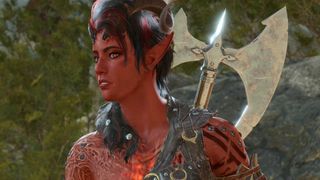
As much as the breadth and depth of Baldur's Gate 3 are both an impressive part of its creation – and in many ways key to its success – its size and scope have the potential to prove a stumbling block. You're likely to miss a lot; from locks I couldn't pick to cracks I couldn't squeeze through to entire encounters I missed even in my exhaustive approach to exploring the first act, I know that there are still swathes of the first few hours that I'm yet to see. That feeling was heightened in the second act, as a spike in difficulty and a move away from the fairytale setting of the first act led me down a more direct approach to the critical path.
Before I knew it, I'd reached the point of no return, and several quests I'd wanted to return to were now beyond my reach. That feeling returned in the third act, where I was almost paralyzed by the sense that the next decision I made might push me towards a resolution I wasn't yet ready to face. I held back, feeling the pull of the game's final hours, even as I was rewarded with some of the best set-pieces and most D&D-accurate moments I'd seen in 60 hours with Baldur's Gate 3.
Those main quests offer some of Larian's most authentic recreations of the classic CRPG experience, blending note-perfect character work with the intricate puzzles, intense combat, and impeccable vibes of some of the best dungeons I've played in years. But in blindly following them, it's easy to irreversibly move the story on, permanently barring you from entire swathes of narrative. From some perspectives, that's another example of Baldur's Gate 3's authenticity, but for others it could easily prove frustrating, a reloaded save or another playthrough likely to be something that most players won't opt for.
Critical success
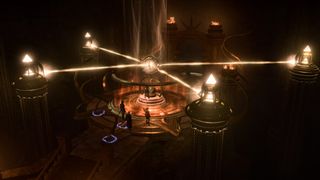
There are cracks that show through Baldur's Gate 3's finely-polished exterior; particularly as I progressed into later acts as performance issues and jumpy cutscenes started to creep into bigger fights and more complex stories. For the most part, however, the biggest issue I've faced is Larian's slightly tricky camera. In an era so marked by high-profile releases that launch in profoundly ropey states, it's a marvel that Baldur's Gate 3 – longer and more intricate than any RPG released this year – works as well as it does. Even as the complexity of your abilities, spells, and encounters ramps up, Baldur's Gate 3 holds pretty firm, continuing the authentic replication of the D&D ruleset that it sets out with through dozens of hours of ever-increasing stakes.
That authenticity means that just as with a proper tabletop campaign book, no two encounters will play out in the same way, let alone two entire stories. I've played through the Baldur's Gate 3 campaign with a 'good-aligned' Bard, but I already want to go back and see how an 'evil' playthrough pans out. I want to see how the Origin characters play when their story becomes your story. I want to know how the Dark Urge puts a further spin on that formula. I could spend another hundred hours Baldur's Gate 3 and still see just a fraction of what it has to offer.
Suffice to say, however, that Baldur's Gate 3 feels a little bit like Larian has accomplished the impossible. This is an entire, years-long pen-and-paper roleplaying campaign realized in beautiful fidelity. It's not just the borrowing of a ruleset, it's an understanding of what D&D is down to the most intricate detail, the result of a genuine passion for its source material writ large across the years-long work of a staff of hundreds. At a time when Dungeons & Dragons boasts a popularity unknown at any other time in its 50-year history, Baldur's Gate 3 will stand alongside the best of the best; with Curse of Strahd, Critical Role, and its own beloved predecessors. By any metric, it's not just one of the best D&D games or best RPGs ever made – it's a new gold standard by which the entire genre, if not an entire industry, will be measured.
Disclaimer
Baldur's Gate 3 was reviewed on PC, with code provided by the publisher.
More info
| Genre | RPG |

I'm GamesRadar's news editor, working with the team to deliver breaking news from across the industry. I started my journalistic career while getting my degree in English Literature at the University of Warwick, where I also worked as Games Editor on the student newspaper, The Boar. Since then, I've run the news sections at PCGamesN and Kotaku UK, and also regularly contributed to PC Gamer. As you might be able to tell, PC is my platform of choice, so you can regularly find me playing League of Legends or Steam's latest indie hit.
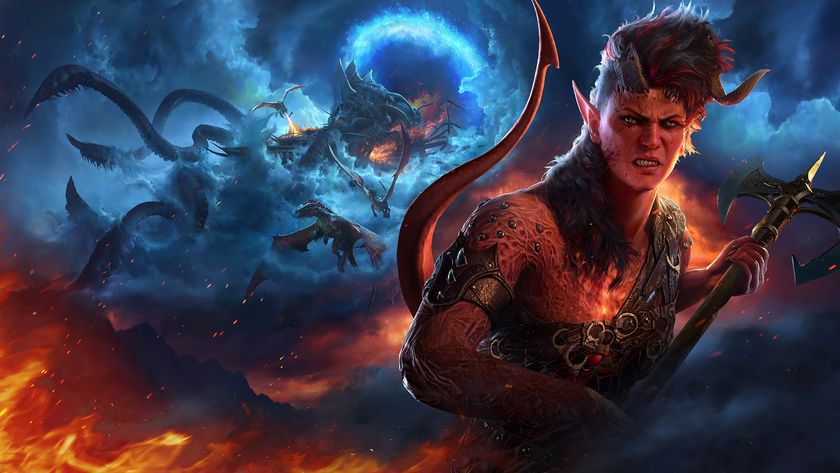
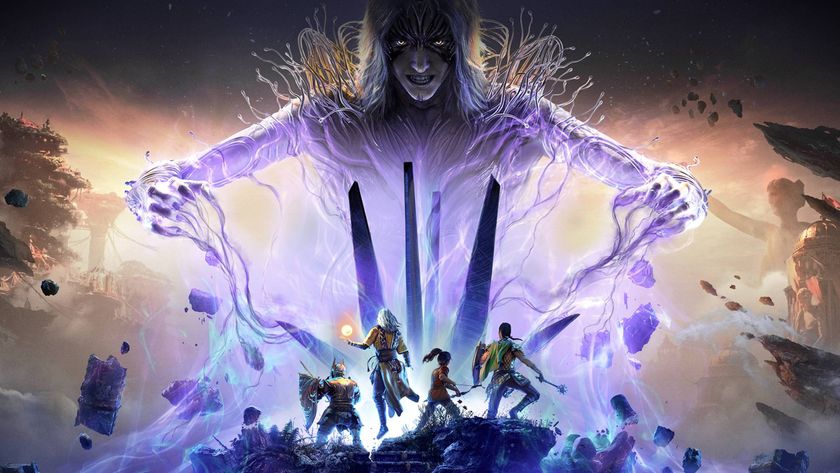
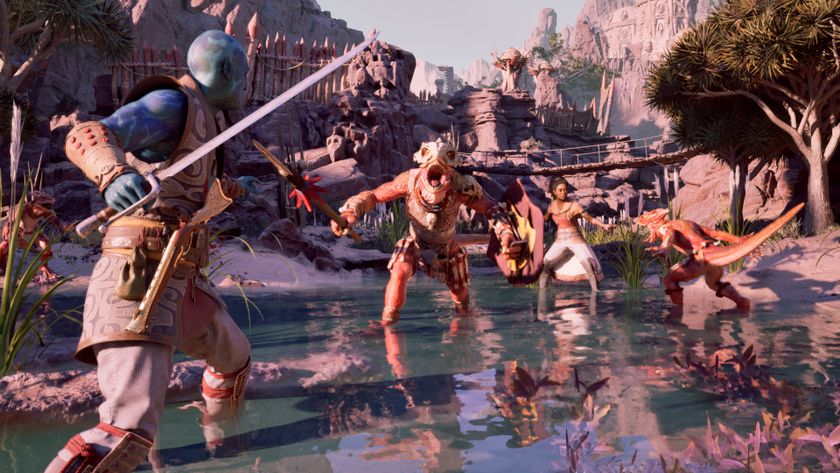
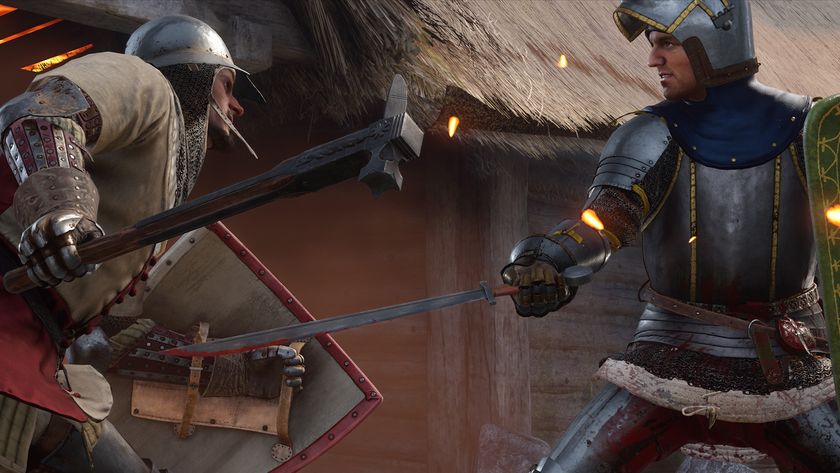

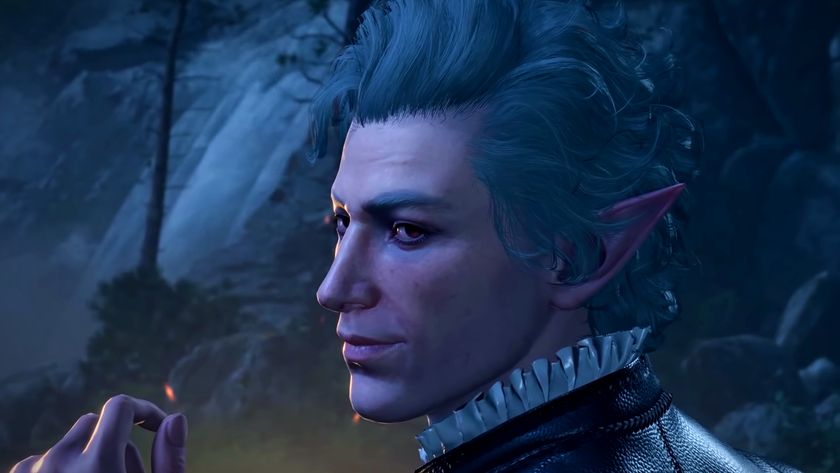
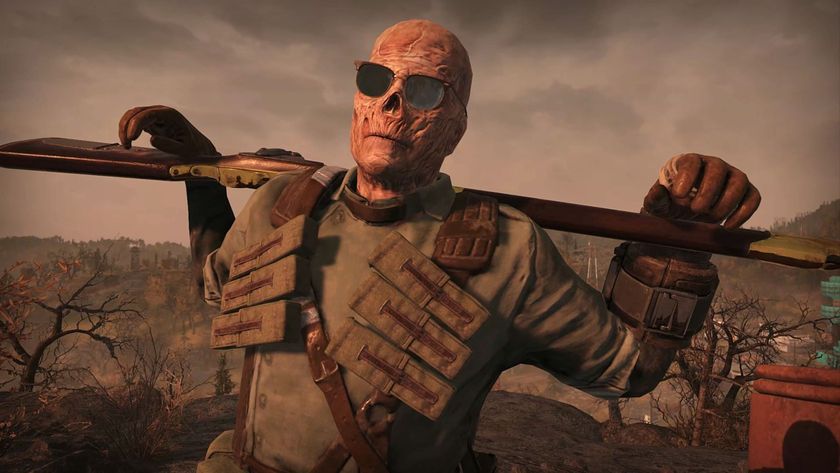
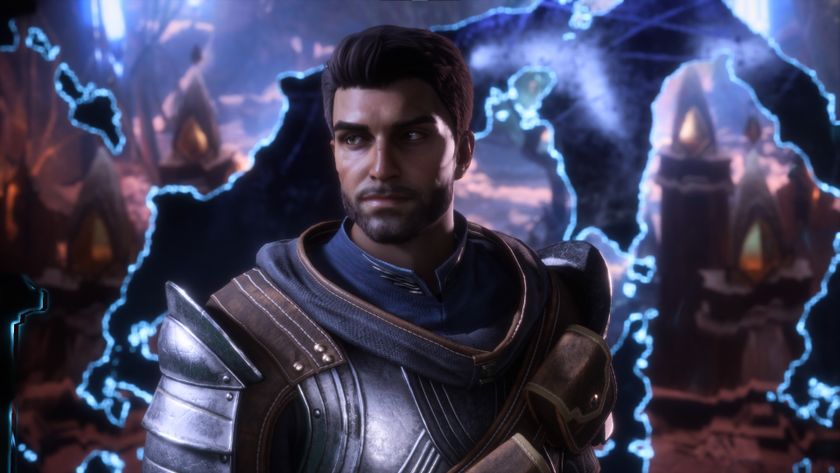
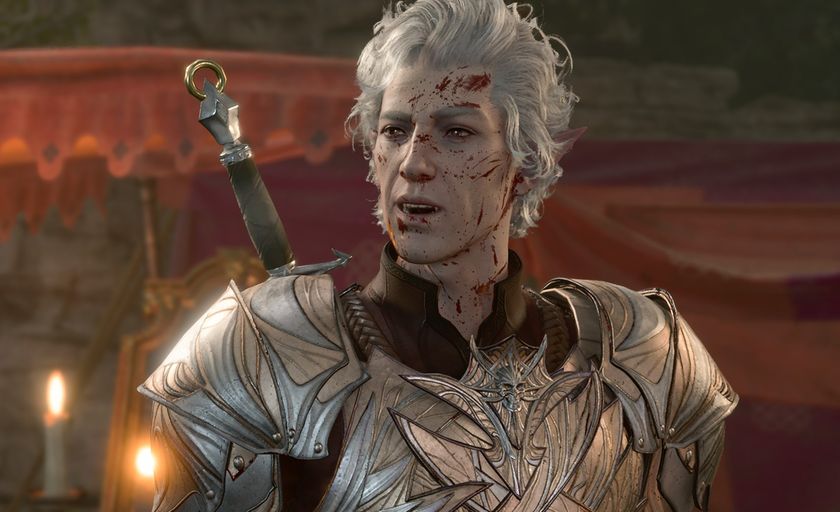
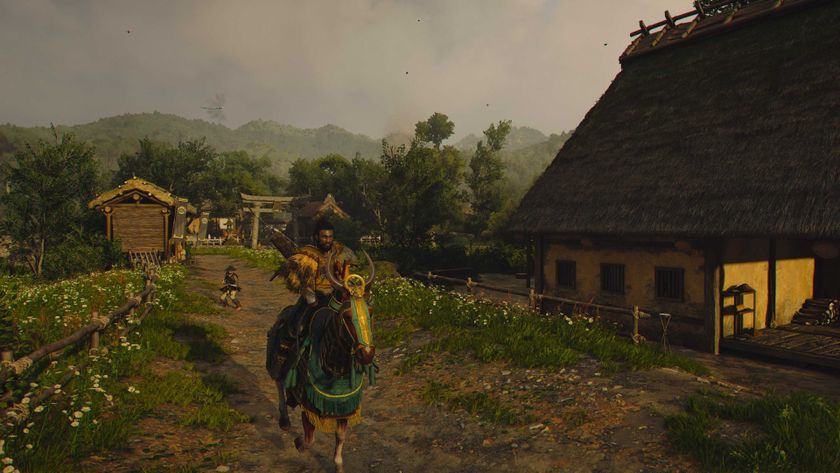
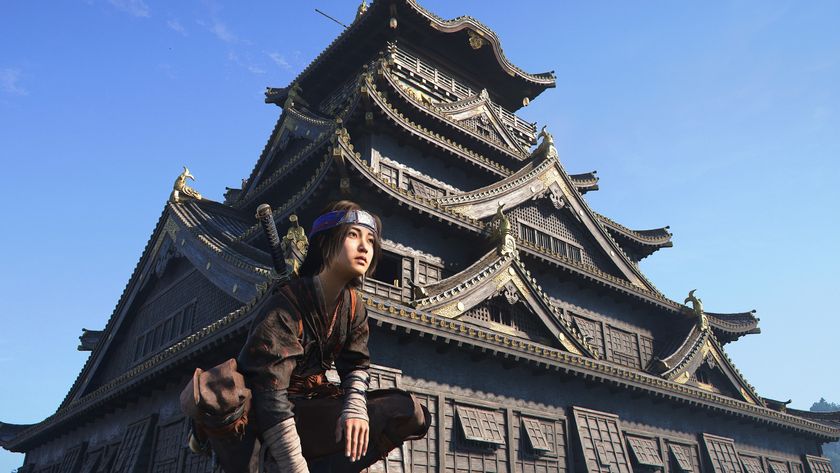
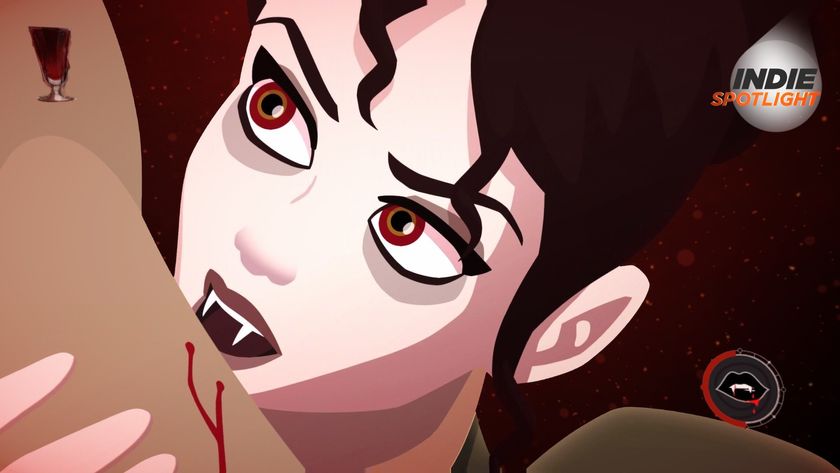






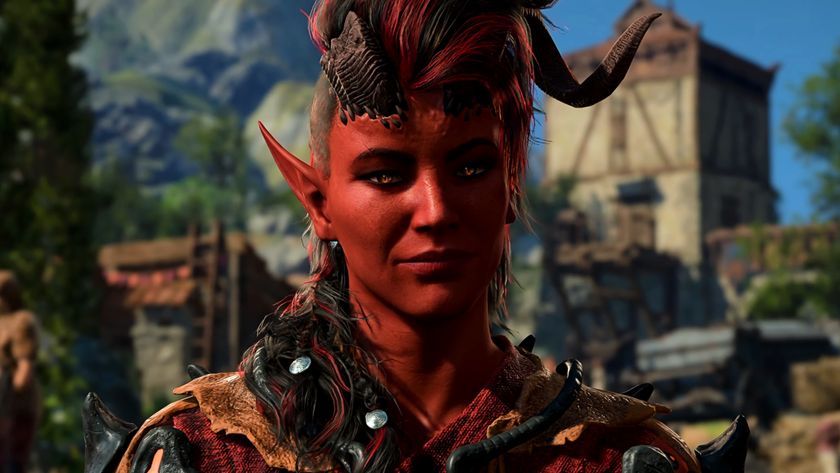
Baldur's Gate 3 Karlach actor says CEOs "just want to save money" with AI: "It'll destroy their reputation, their company, everything"
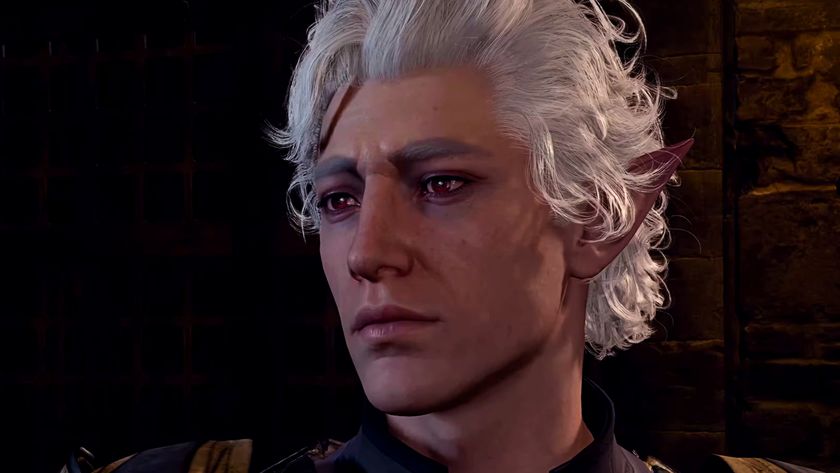
A new Baldur's Gate 3 Patch 8 stress test update is here, targeting "several crashes and gameplay fixes" while it "brings us closer to release" of the RPG's big update

